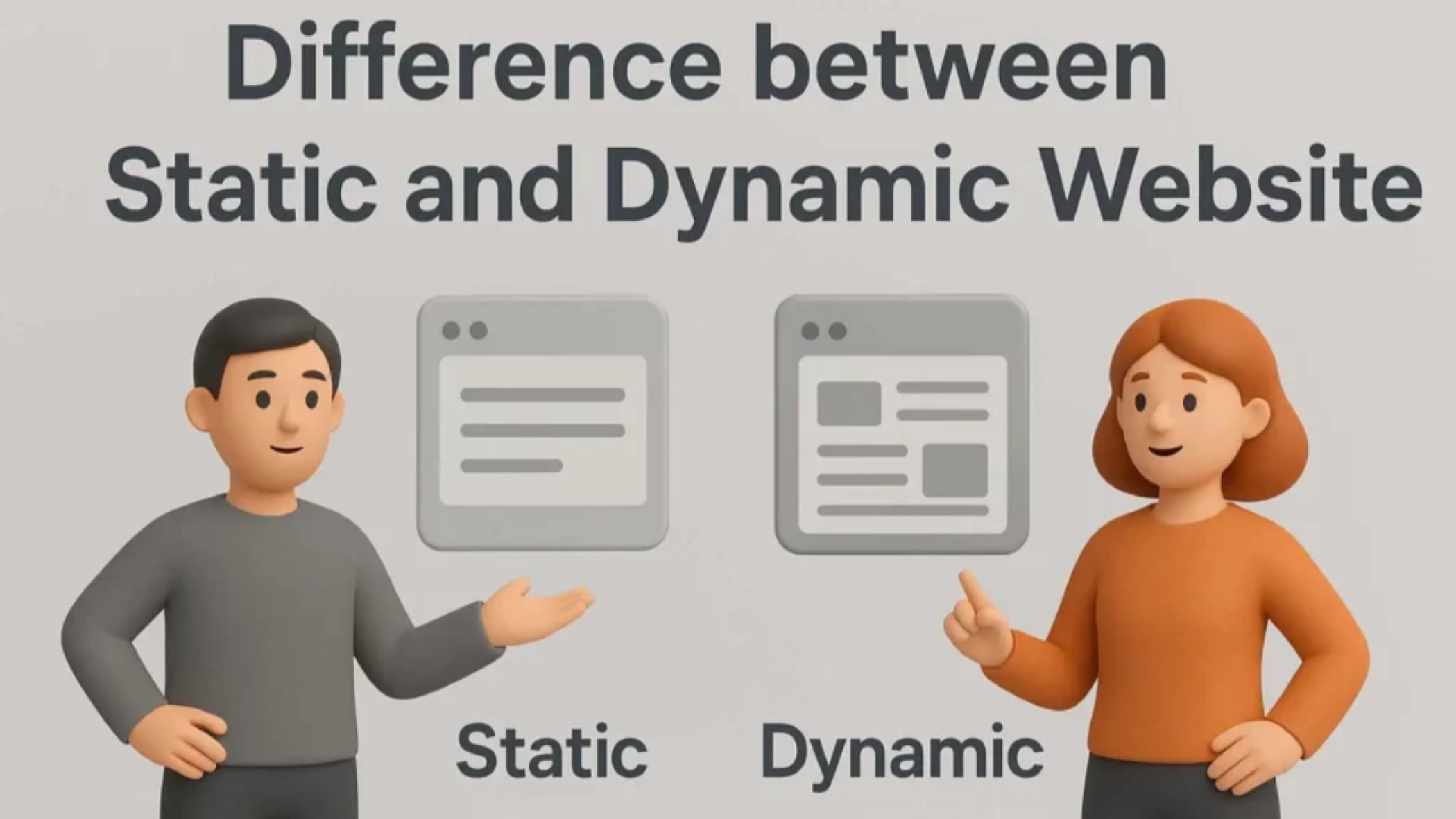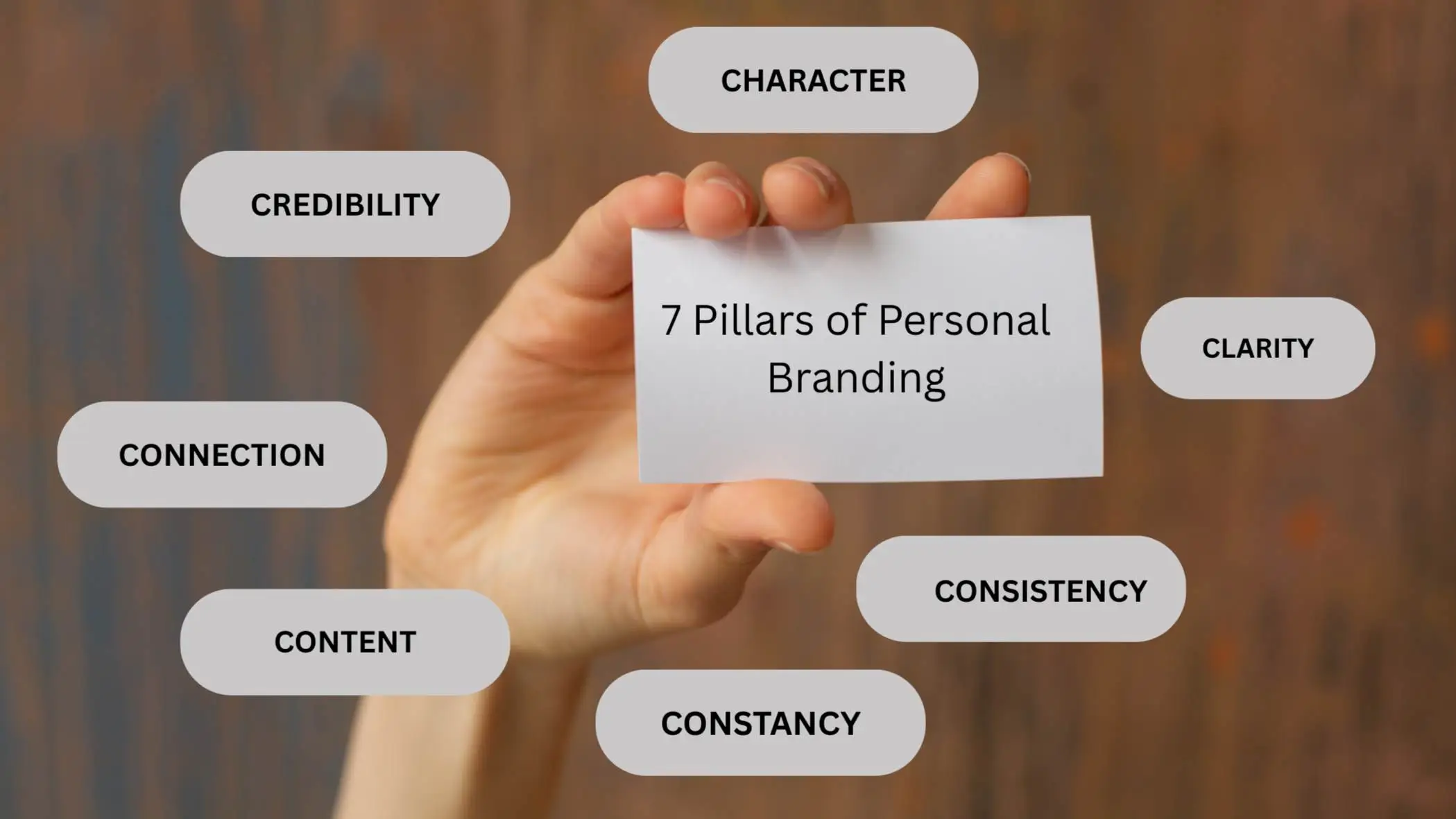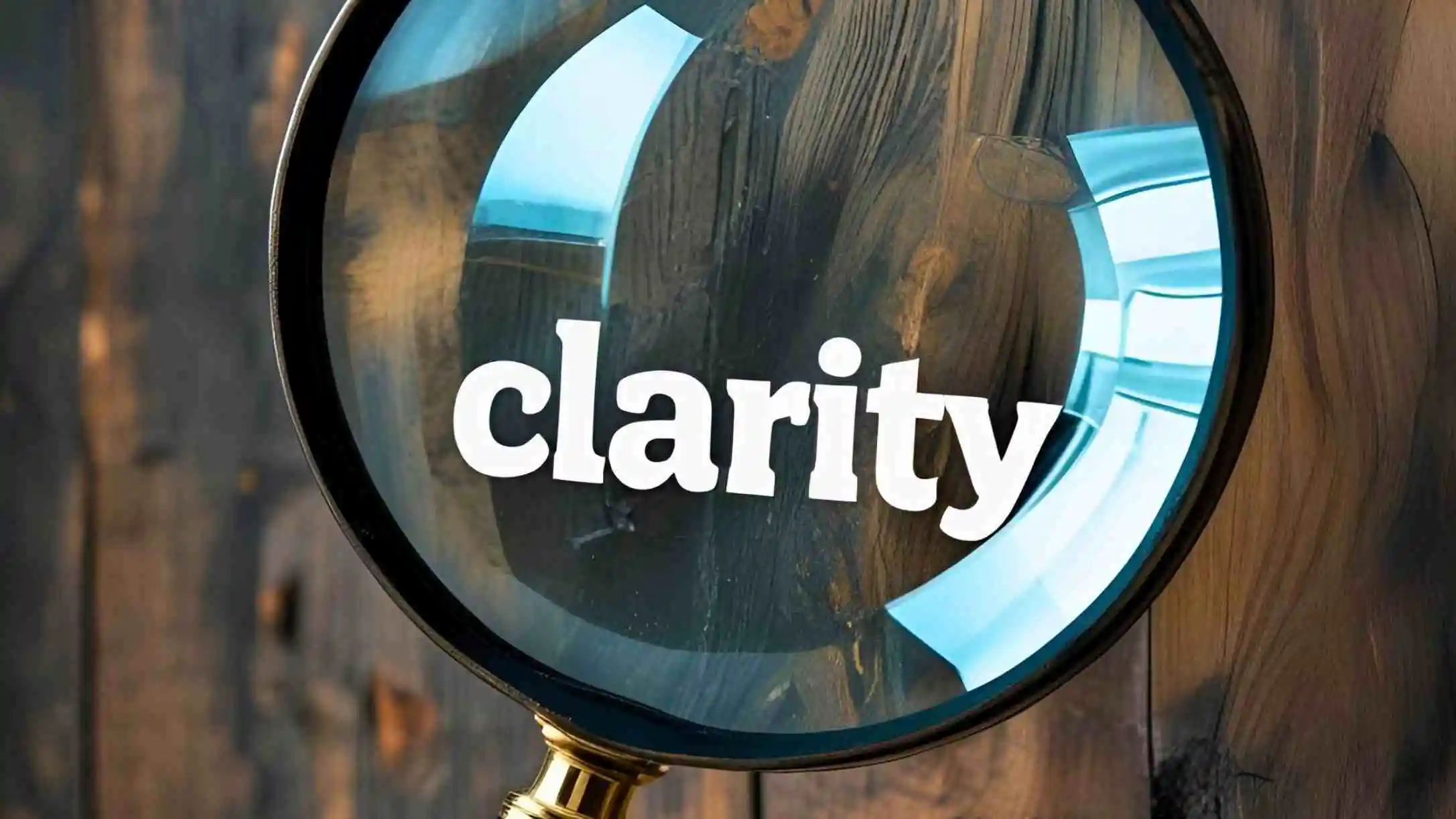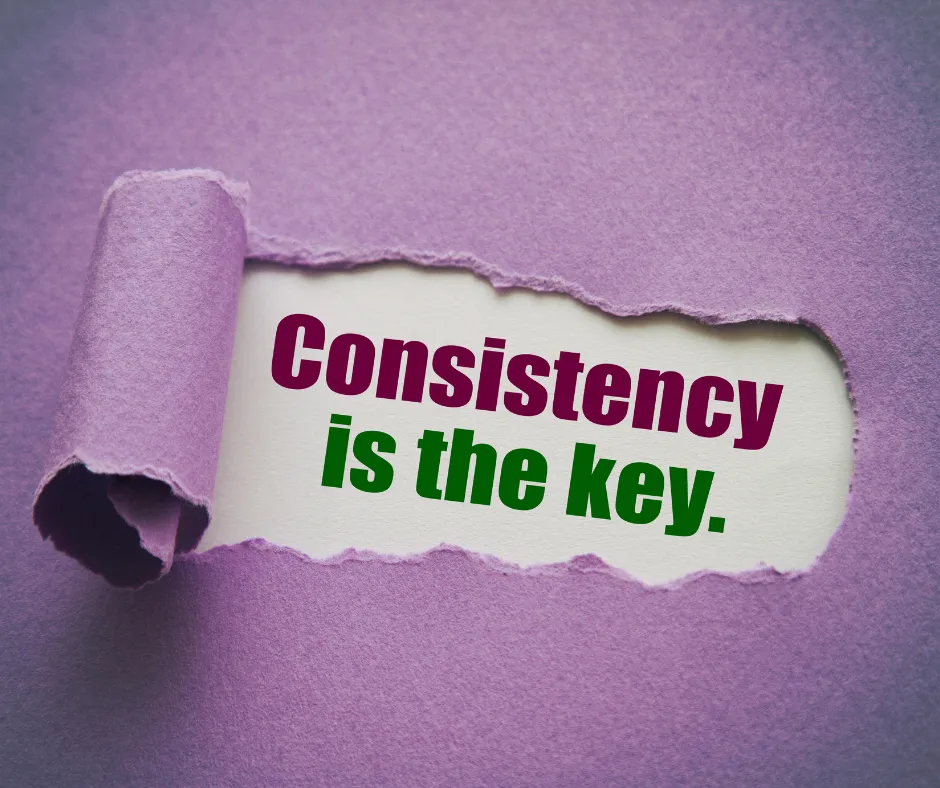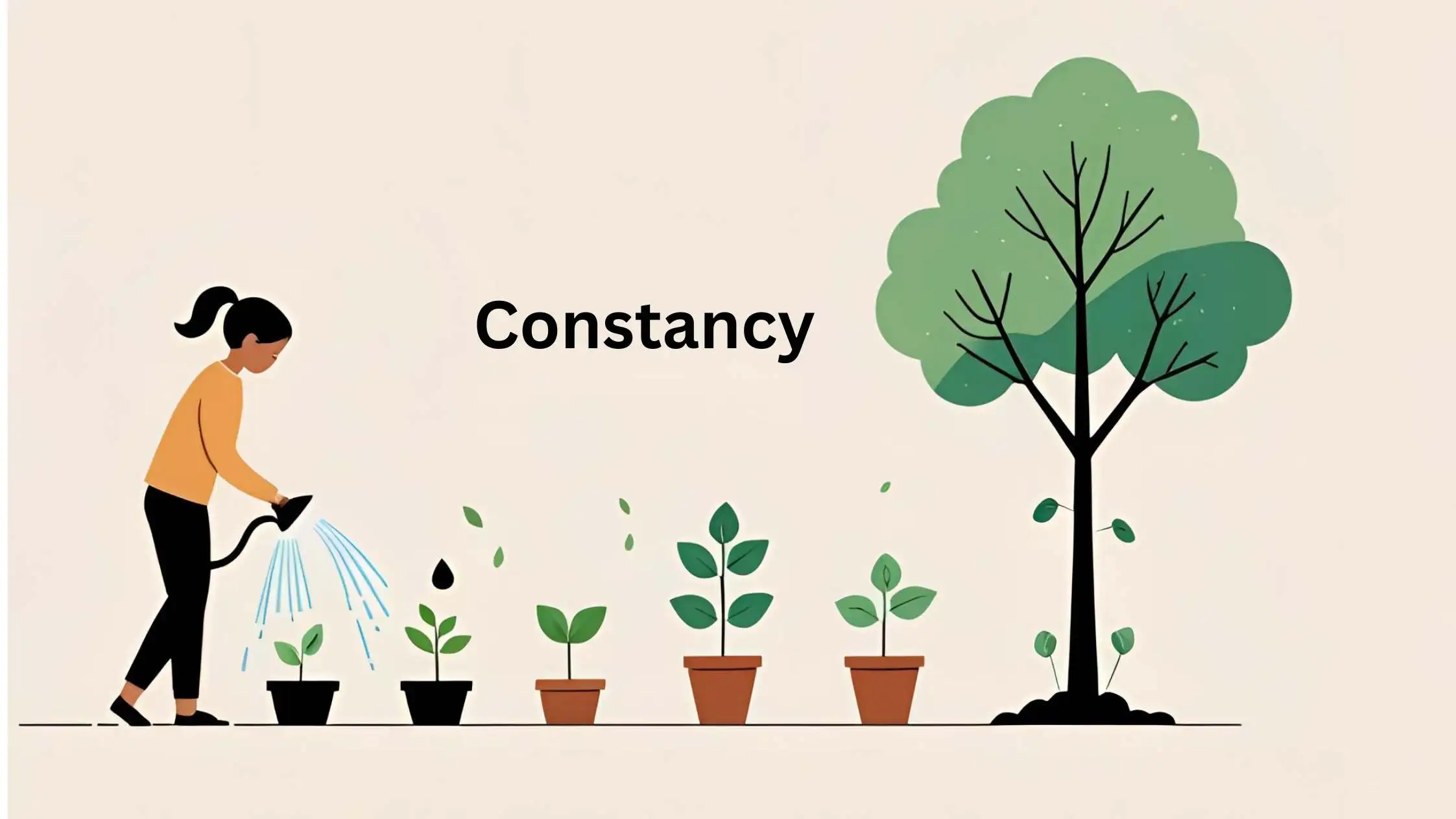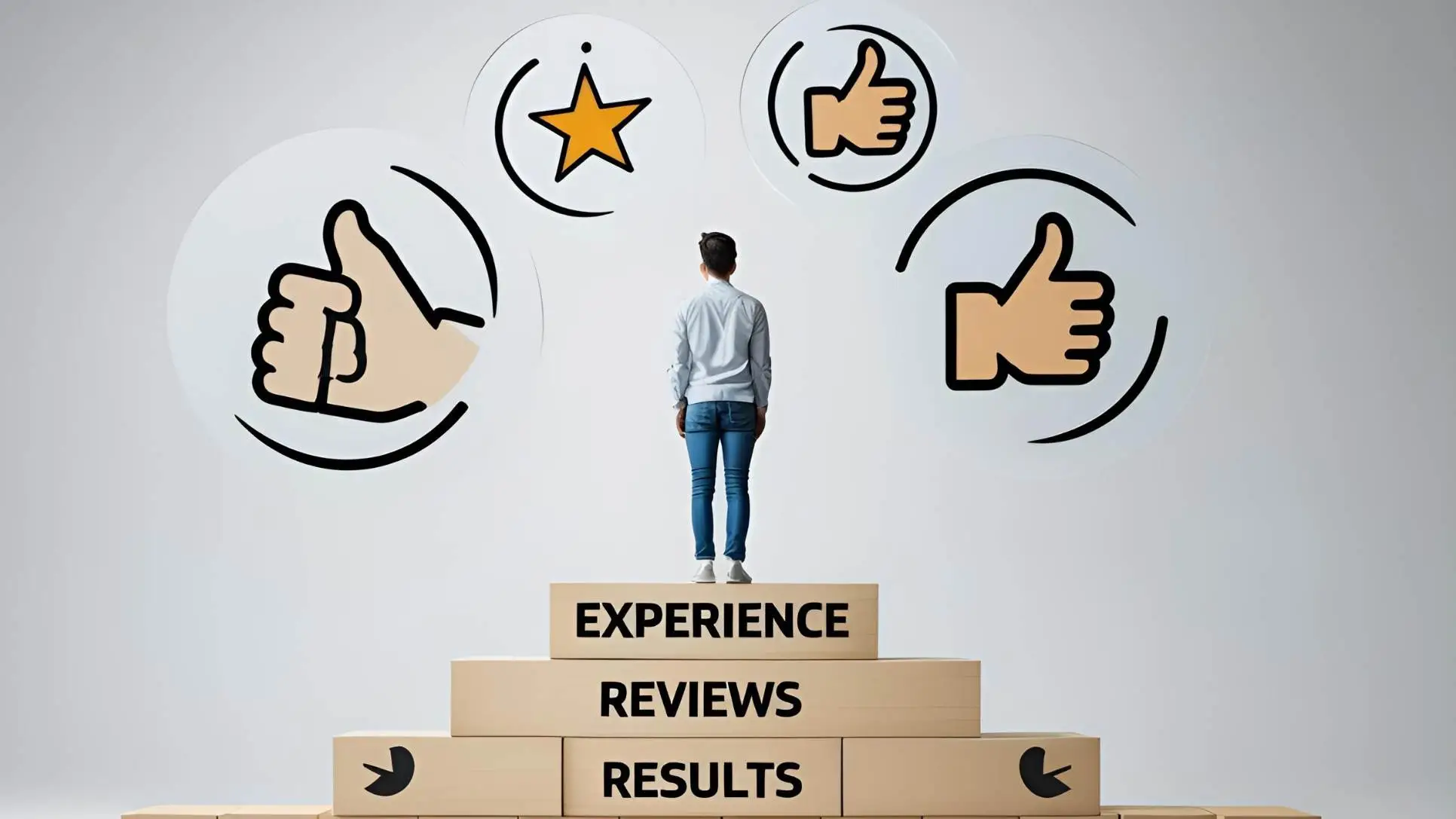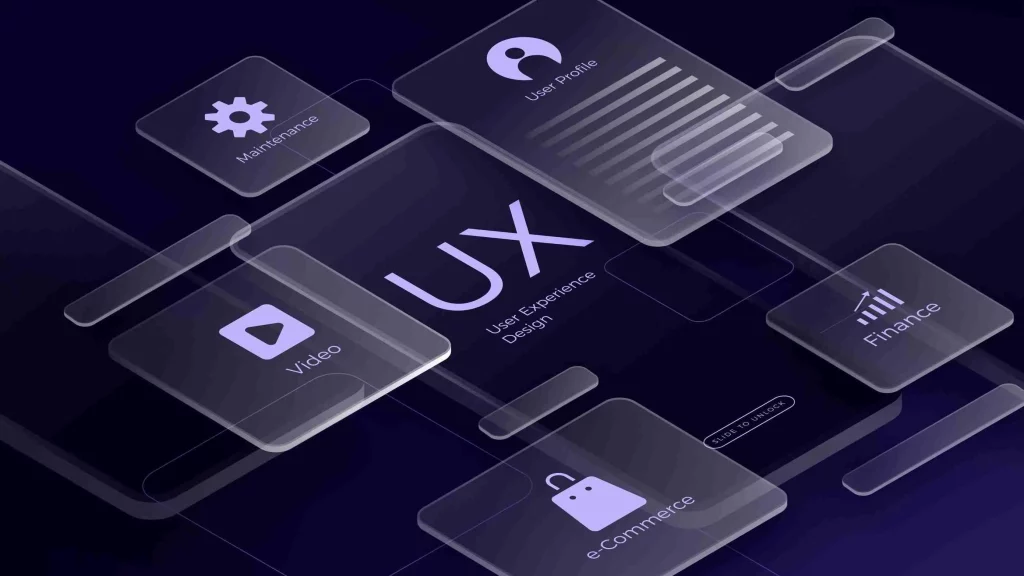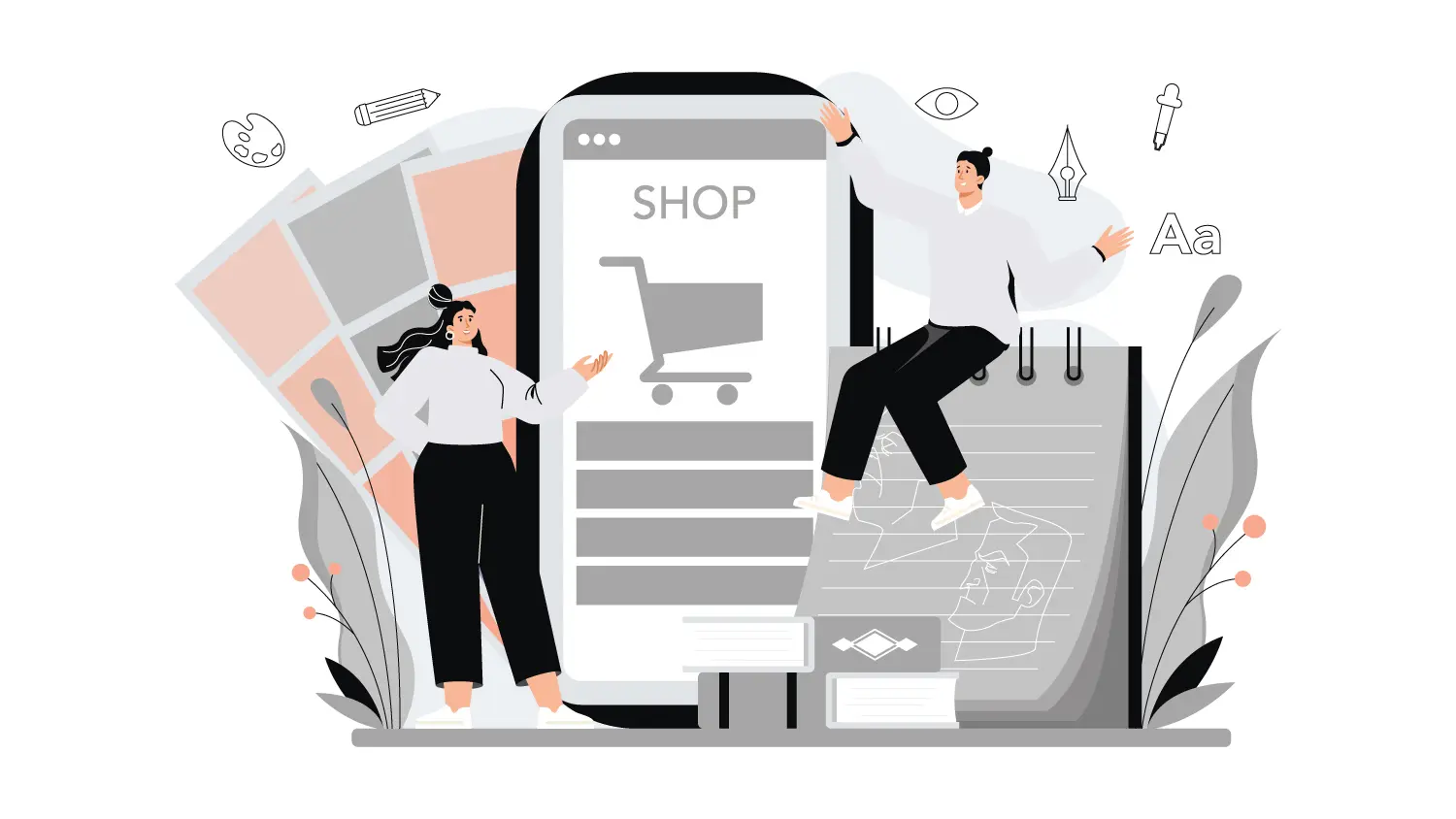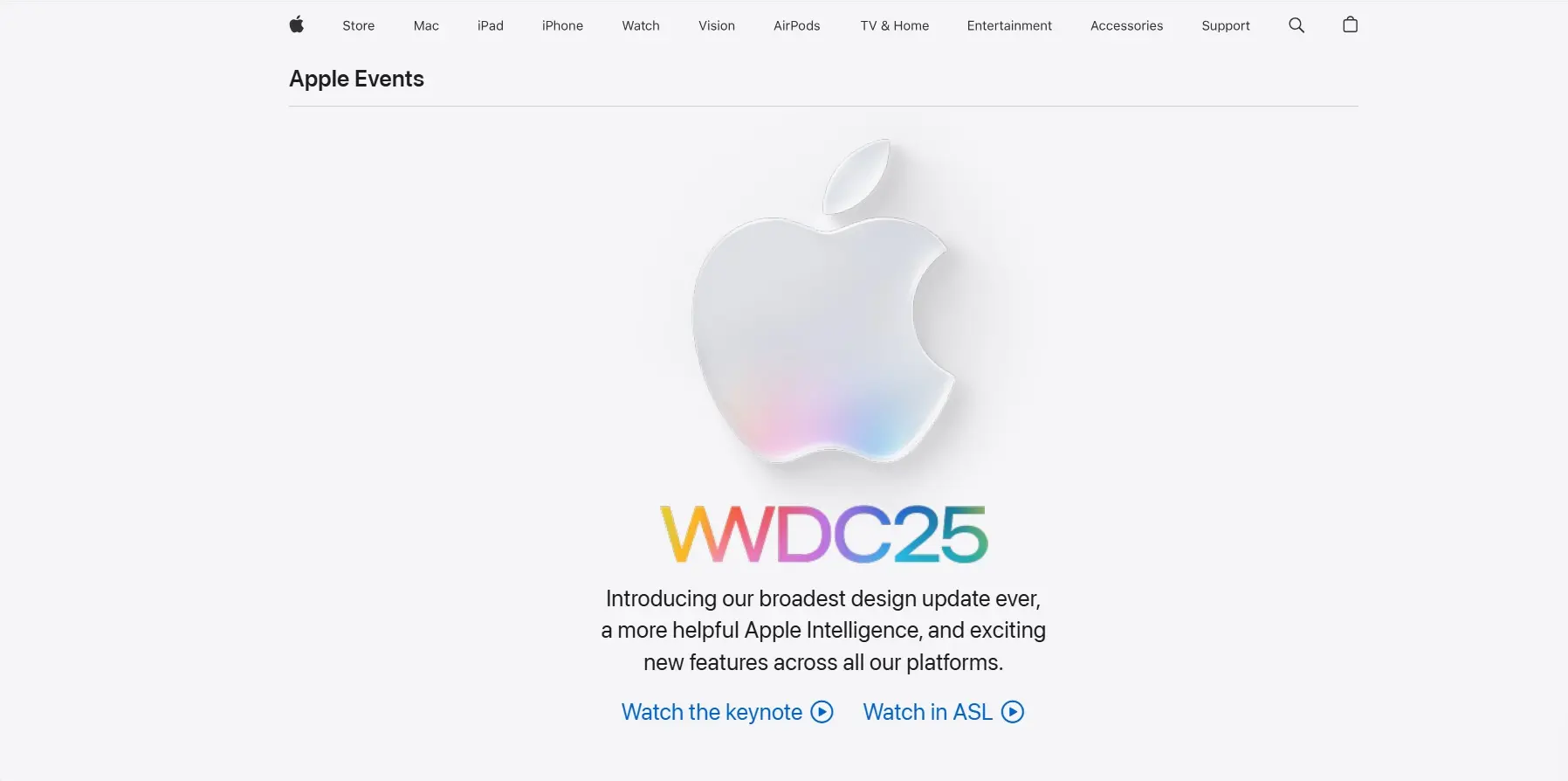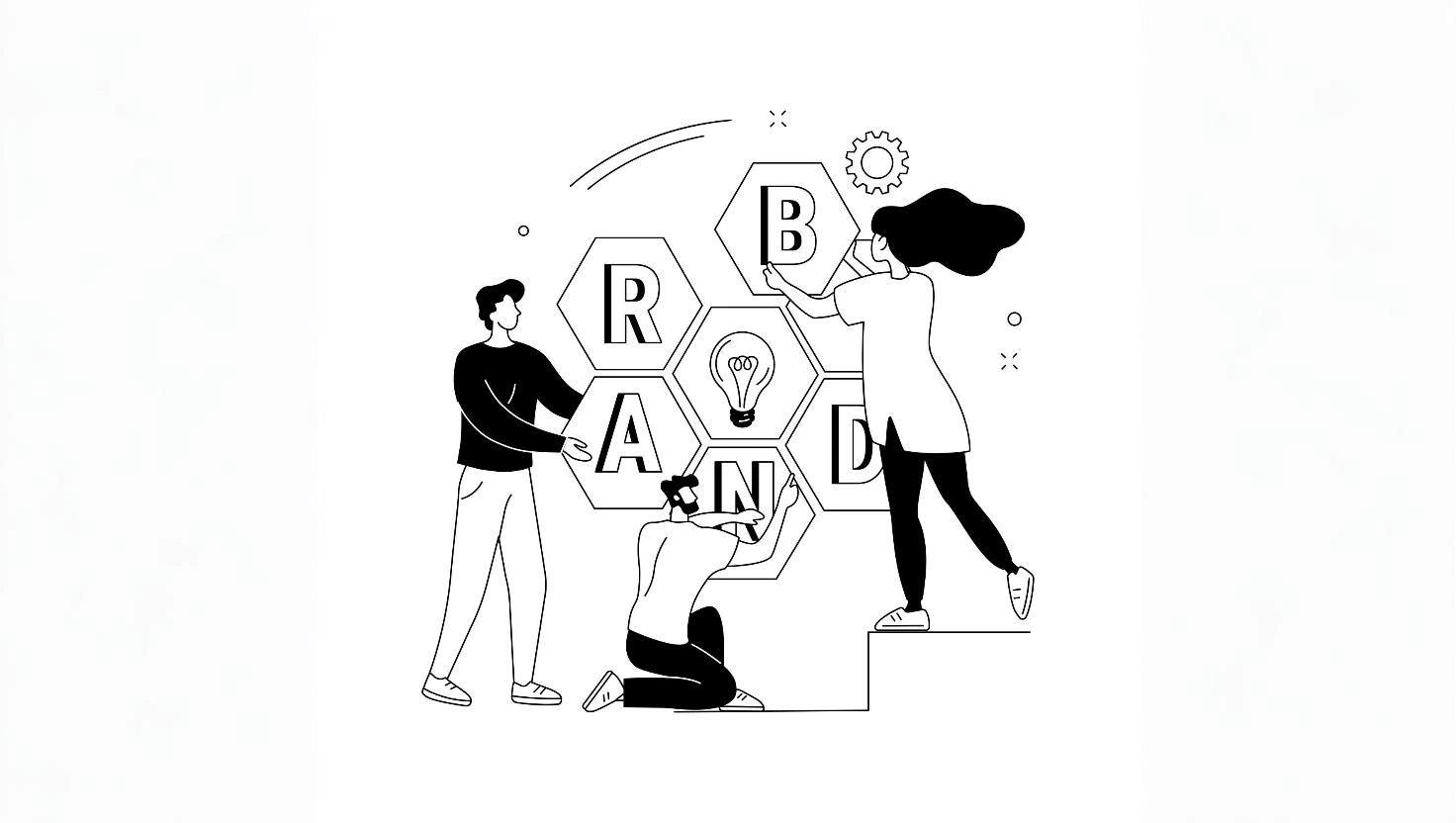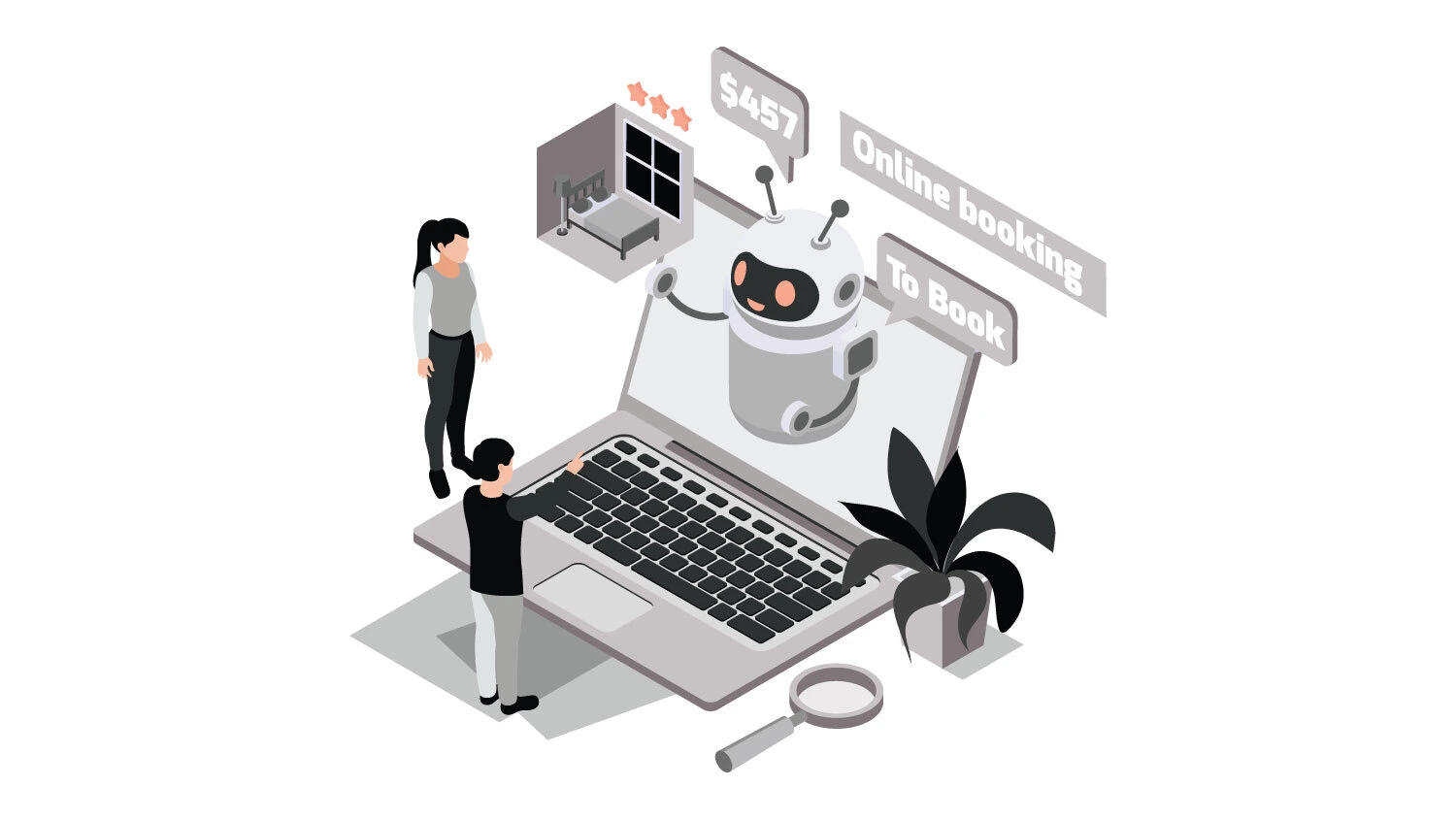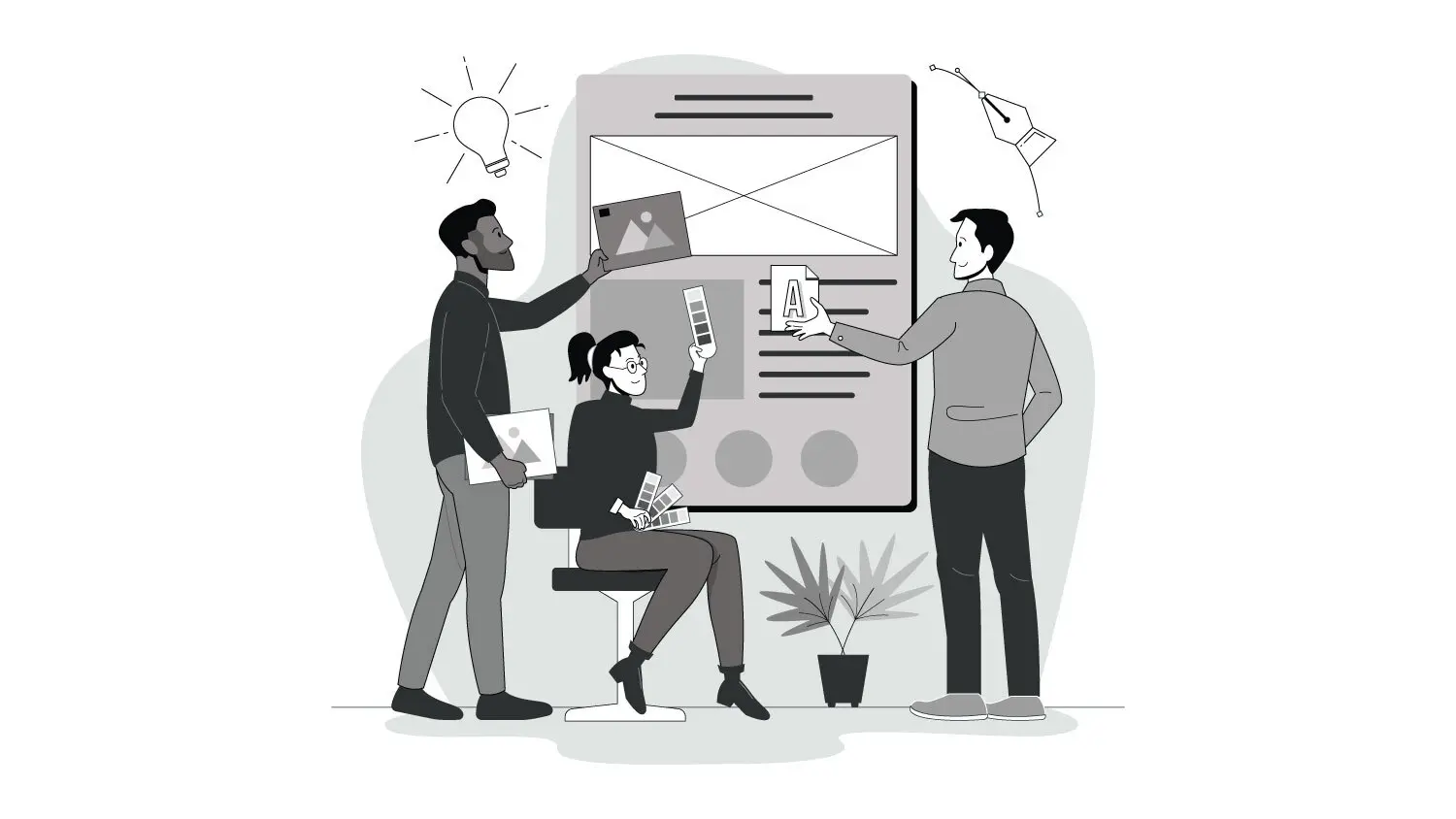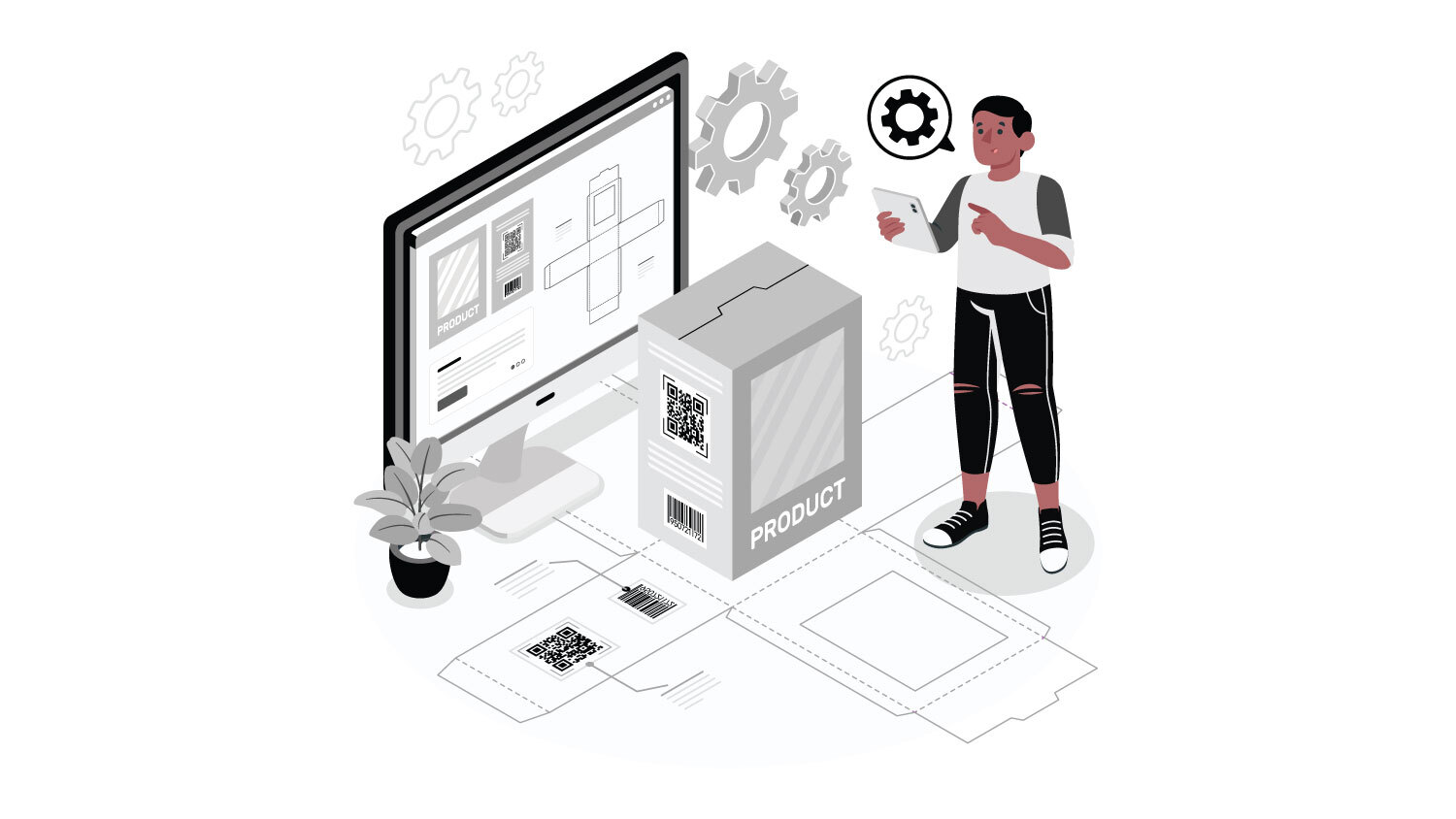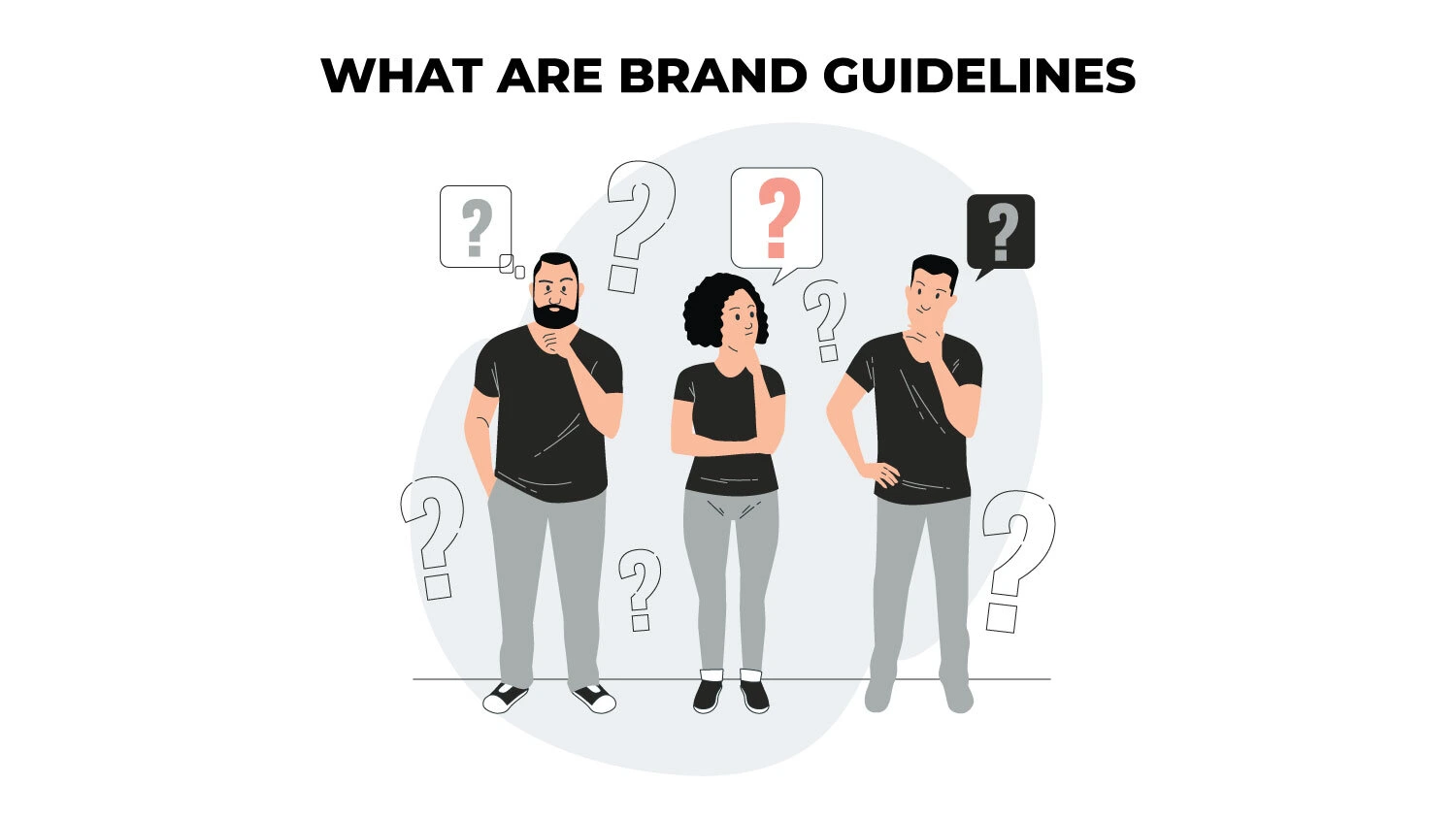Static vs Dynamic Website is one of the most common comparisons people make when deciding how to build their online presence. In the era of digitalization the website can be of great importance, whether you are a businessman, blogger, student, or web developer. Understanding the differences between static and dynamic website will help you choose the right one for your needs.
If you are confused about which type(Static and Dynamic website) specifically would fit your demands, then this blog will explain the distinction between a static and dynamic website, using simple language and examples to make the topic clear.
What is a Static Website?
A static website consists of predetermined web pages which are formed with application of HTML, CSS, and at times JavaScript. Information in these pages is not updated unless such information is manually written by the developer.
Static Website Example:
A personal portfolio site with a homepage, about me, and contact page is a good example. If you visit the same page today or next week, the content remains exactly the same—unless the developer changes it.
Common Features of Static Websites:
- Simple design
- Fast loading speed
- Easy to build and host
- Best for small websites (1–10 pages)
- No interaction with databases
When to Use a Static Website:
- For a basic portfolio or resume site
- Company introduction page
- Product landing page
- Informational or brochure-style websites

What is a Dynamic Website?
Unlike static sites, dynamic websites can respond to user actions and display different content depending on who’s visiting or what they’re doing. It is developed with server-side language such as PHP, Python, or JavaScript frameworks. It often connects to a database to fetch or store content, allowing the site to change based on user input, time, or other variables.
Dynamic Website Example:
Facebook or Amazon is a dynamic web-site. Each time you sign in to Facebook, the posts you see are tailored to your interactions, friends, and recent activity. Similarly, Amazon shows product recommendations and prices that can change depending on your behavior or promotions.
Common Features of Dynamic Websites:
- Interactive and user-friendly
- Uses databases for storing content
- Content changes without altering the code
- Suitable for blogs, e-commerce, forums, etc.
- More complex to build and maintain
When to Use a Dynamic Website:
- E-commerce websites with thousands of products
- Social media platforms
- Blogging platforms (like WordPress)
- Educational websites with login systems

Static and Dynamic Website: A Side-by-Side Comparison
| Feature | Static Website | Dynamic Website |
|---|---|---|
| Content Type | Fixed and same for all users | Changes based on user interaction |
| Technology Used | HTML, CSS, JavaScript | PHP, Python, JavaScript (Node.js), etc. |
| Database Connection | No | Yes |
| User Interaction | Minimal | High |
| Speed | Very fast | Depends on server load and database |
| Cost | Cheaper to build and host | More expensive to develop and maintain |
| Best For | Small websites | Large, interactive platforms |
| Maintenance | Easier to maintain | Requires regular updates and management |
Pros and Cons of Static and Dynamic Websites
Pros of Static Websites:
- Faster page load times
- Better performance with limited traffic
- Easy to create for beginners
- Lower hosting costs
Cons of Static Websites:
- Difficult to update frequently
- Not ideal for large or interactive websites
- No user personalization
Pros of Dynamic Websites:
- Content is easier to update through a CMS
- Interactive and personalized for users
- Can scale with business needs
- Ideal for complex websites
Cons of Dynamic Websites:
- Slower performance without optimization
- More expensive to develop and host
- Needs regular updates and security checks
Which One Should You Choose?
The choice between a static and dynamic website depends on your specific needs.
- Choose a static website if:
- You want a small, fast, and secure site
- You don’t need regular content updates
- You have limited technical skills or budget
- Choose a dynamic website if:
- You need user accounts, forms, or content that changes
- You run a blog, forum, or e-commerce store
- You plan to expand your website’s features and capacity over time.
Final Thoughts
Choosing between a static and dynamic website plays a key role in how your online project functions and grows. Your decision should reflect the kind of content you’ll offer, how often it needs updates, and what kind of user experience you want to provide.
If you’re just starting, a static website may be the easiest path. But if you want to grow your site with more features and interactions, consider investing in a dynamic one. So which one you want to build? Not sure? Contact Pixtar today, our team of experts will help you to choose between static and dynamic website and build it for you.

